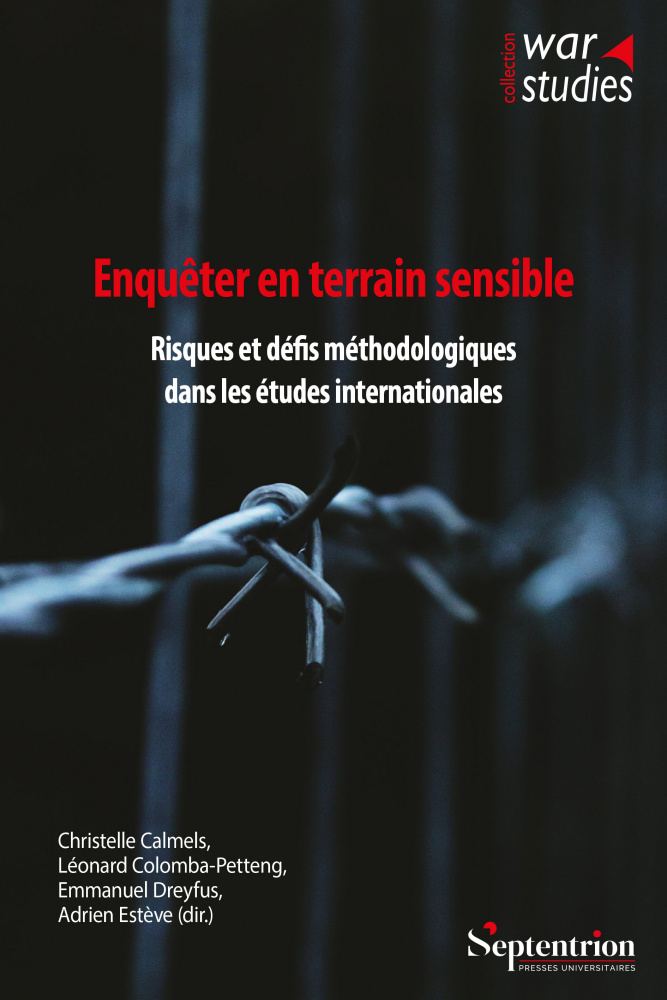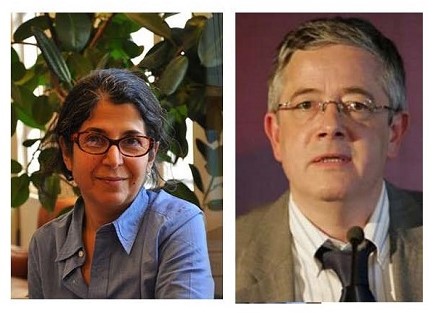Ensemble avec Emmanuel Al Miah et Dércio Tsandzana, j’ai écrit le premier chapitre du livre ‘Enquêter en Terrain Sensible’ (Presses du Septentrion). Le livre examine les difficultés inhérentes aux études de terrain dans les zones liminaires – soit parce qu’il y a la guerre ou d’autres types de violence, soit à cause des politiques institutionnelles d’acteurs qui sont habitués à la discrétion, soit encore à cause du positionnement du chercheur face à son objet d’enquête.

Un grand merci aux directeurs de l’ouvrage pour l’initiative qu’ils ont pris, voici il y a deux ans, et leur patience pour mener ce projet à sa fin. Les autres contributions, y compris l’introduction à la première partie du livre par Roland Marchal, sont aussi très intéressantes.
Notre chapitre décrit comment on peut faire, malgré les difficultés, des recherches dans les zones de conflit, en prenant la Somalie, l’Irak et le Mozambique comme exemples.







